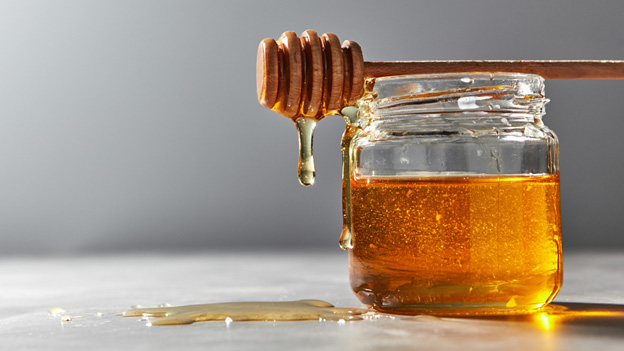Healthy Sweeteners: 4 Low Glycemic Options and How to Incorporate Them
We could write an ode to sugar and all the delicious desserts, candies, and yummy drinks but it’s safe to say we should all be cutting back on our sugar consumption. The World Health Organization (WHO) recommends adults should not have more than 5% of their daily energy intake from sugar. Adults, however, are eating more sugar than decades past due to the introduction of processed foods and artificial sweeteners in our diet.
In order to make the transition a little smoother, you can start using low glycemic sweeteners instead of traditional sugar. The glycemic index (GI) is the measurement of how fast a food causes blood sugar levels to rise.
1. Stevia
GI 0
Stevia is a popular alternative for those with blood sugar issues because the GI is zero. Purified from stevia leaf extract, this sweetener can replace sugar in most recipes.
2. Agave
GI 17
Coming from the same place as tequila, the syrup of the agave cactus is also vegan. Agave nectar dissolves easily so it’s good for sweetening drinks like iced tea. You can also use dark agave nectar as a topping for pancakes.
3. Coconut Palm Sugar
GI 50
Harvested from the sap of the coconut palm, this sweetener tastes similar to brown sugar and works perfect as an alternative when baking.
4. Honey
GI 58
Because the GI value for honey is slightly lower than table sugar (60) and more nutrient rich, it’s an excellent way to sweeten desserts. Honey also melts nicely into your morning cup of coffee.
Seniors in particular might have additional nutritional needs but reducing sugar is a great way to maintain cognitive health and improve cholesterol levels, especially those with type 2 diabetes.

